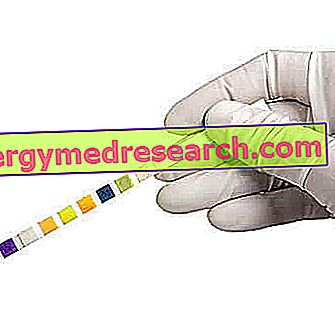
Most countries do not have a legal definition of absinthe, while the production method and the alcohol content of other products such as whiskey, brandy and gin are globally defined and regulated. As such, producers are free to label a drink as "absinthe" or "absinth" regardless of any legal definition or production standard.
The legitimate producers of absinthe use one of the two historically defined processes for the creation of this spirits: distillation or cold mixing. Only in Switzerland is a legal definition for absinthe imposing distillation as the only technique.
Absinthe Distilled
The distilled absinthe uses a production method very similar to that of high quality gin. The herbs are macerated in distilled alcohol, to be subsequently redistillated excluding the bittering principles and giving the drink the desired complexity and structure.
From the first distillation of absinthe, a colorless distillate is obtained which leaves the still at about 72% ABV. The distillate can therefore be bottled pure, to produce a Blanche or a Bleue, or it can be colored to create a Verte using natural or artificial dyes.
The traditional absinthe gets its green color strictly from the chlorophyll of the whole herbs, which is extracted from the plants during the secondary maceration of: artemisia piccolo, hyssop and melissa. The natural coloring process of absinthe is considered a critical phase for the aging of the drink, since the diffused chlorophyll remains chemically active. Here, chlorophyll plays a role similar to the tannins of barricaded wine or dark liqueurs.
After the pigmentation process, the product is diluted with water to obtain the desired alcohol percentage. The taste of absinthe improves with the precipitation of some molecules and therefore many distilleries (especially those prior to the trade ban) refine their drink in settling tanks before bottling.
Cold Mixing
Many modern parts are produced with a cold mixing process. This production method is more economical and does not require distillation; it is considered inferior to the other, just as the compound gin is less valuable than the distilled one.
The cold mixing process involves the simple combination of flavorings and artificial colorings in commercial alcohol, similar to most flavored vodkas and cheap liquors.
Some cold mixed assists are bottled with a 90% alcohol strength. Others are even presented simply as bottles of pure alcohol having a small amount of herbal powder suspended inside.
In many countries, the lack of a legal definition for absinthe allows some producers to cold mix counterfeit advertising reclamations, such as the attribution of the title of "distillate" (justifying that the same alcohol used for mixing is in turn distilled). This is an obvious excuse to sell these products at the same price as the authentic ones, which are distilled directly from whole herbs. The only country that has a legal definition of wormwood is Switzerland, where any product obtained through the cold mixing process cannot be sold as absinthe.



